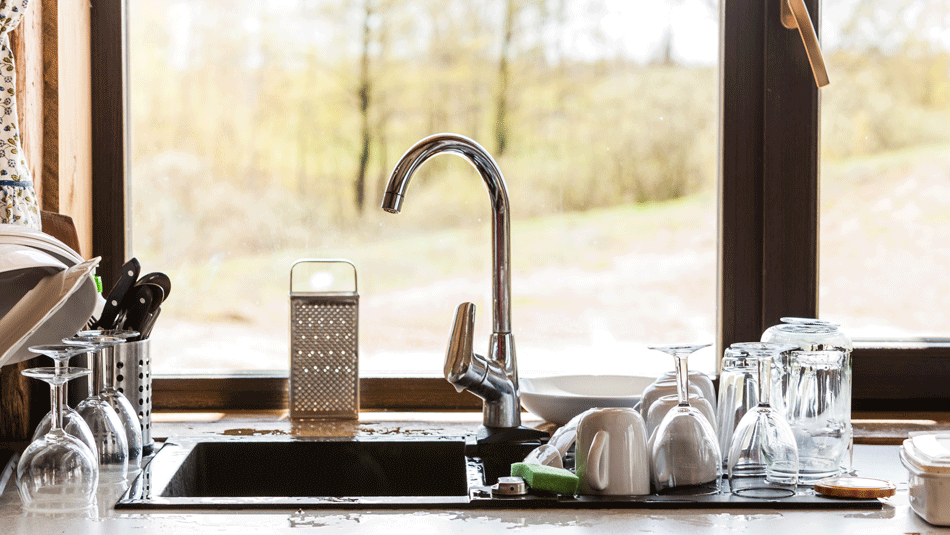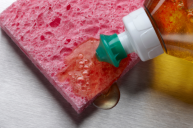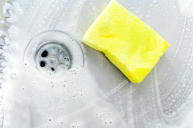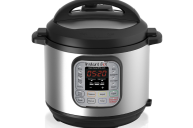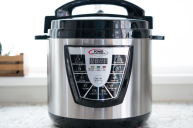If you're trying to get rid of germs at home, you probably cleaned the bathroom first. But there are other spots that have even more germs, and they're the spots you probably don't think about often. Studies done by the public health and safety organization NSF International and several universities tested multiple locations in the home, including some that you might not think of a hotspots for germs, to measure levels of yeast, mold, and bacteria including Salmonella and E. coli.
It may surprise you to know that places like the toilet seat aren't on that list, but toothbrush holders are. Here's a look at the places where you will find the most germs at home and some tips on how to get things super clean.
1. Dish rag, kitchen sponge, kitchen towels
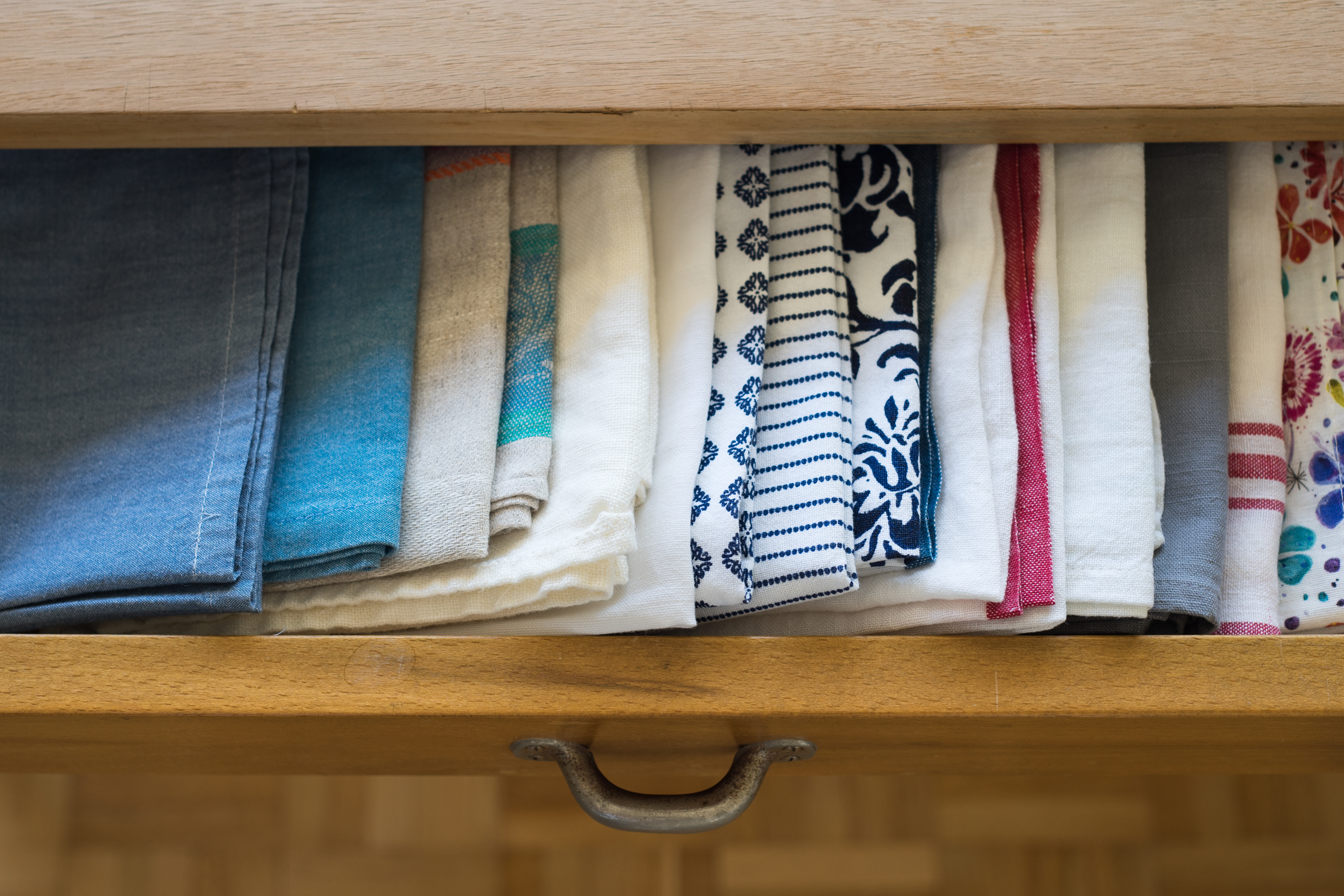
Wiping the counters down with a sponge or towel after cooking may get your counters clean, but it means that the sponge or cloth now has all those germs clinging to it.
Tip: Sanitize your sponge by microwaving it for two minutes. Change out your dish cloths and kitchen towels every few days and if you wipe down a counter where you've prepped raw meat, poultry, or fish (or had little germy hands all over it) go ahead and toss that cloth in the laundry right away.
2. The kitchen sink
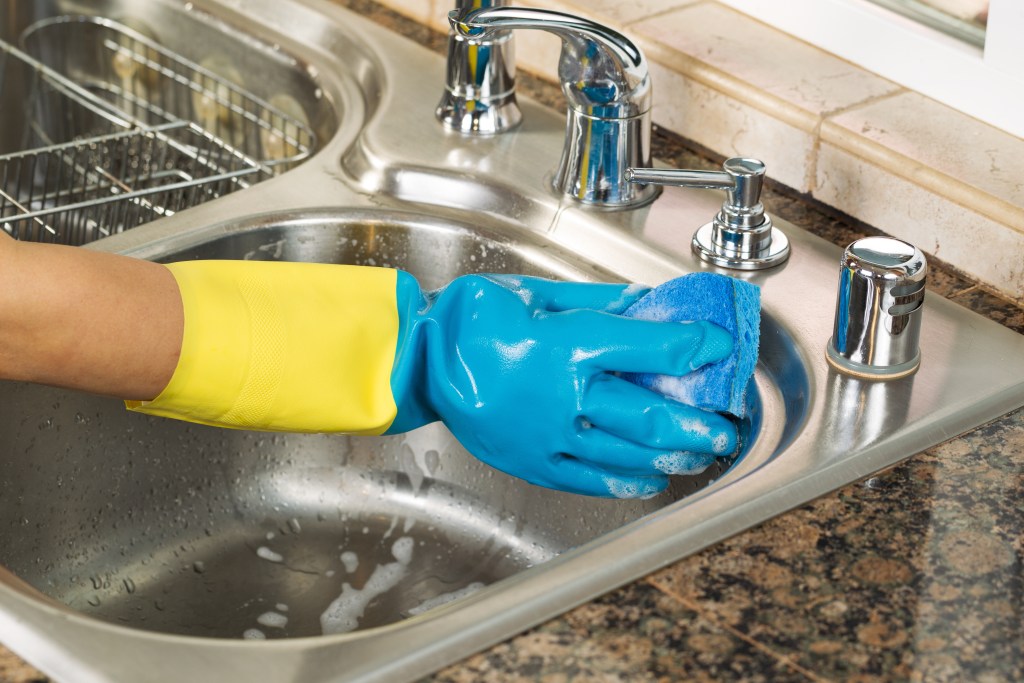
The second most likely place to find germs at home is the kitchen sink. Food prep and washing dirty hands, combined with the fact that you probably forget to clean it every day, makes it a breeding ground for germs.
Tip: Sanitize the whole sink a couple of times a week with a disinfectant. Don't forget your garbage disposal: a process using baking soda, vinegar, and lemons will help keep it clean and smelling fresh, too. And make sure you wipe down the faucet handles at least once a day, too.
3. The toothbrush holder
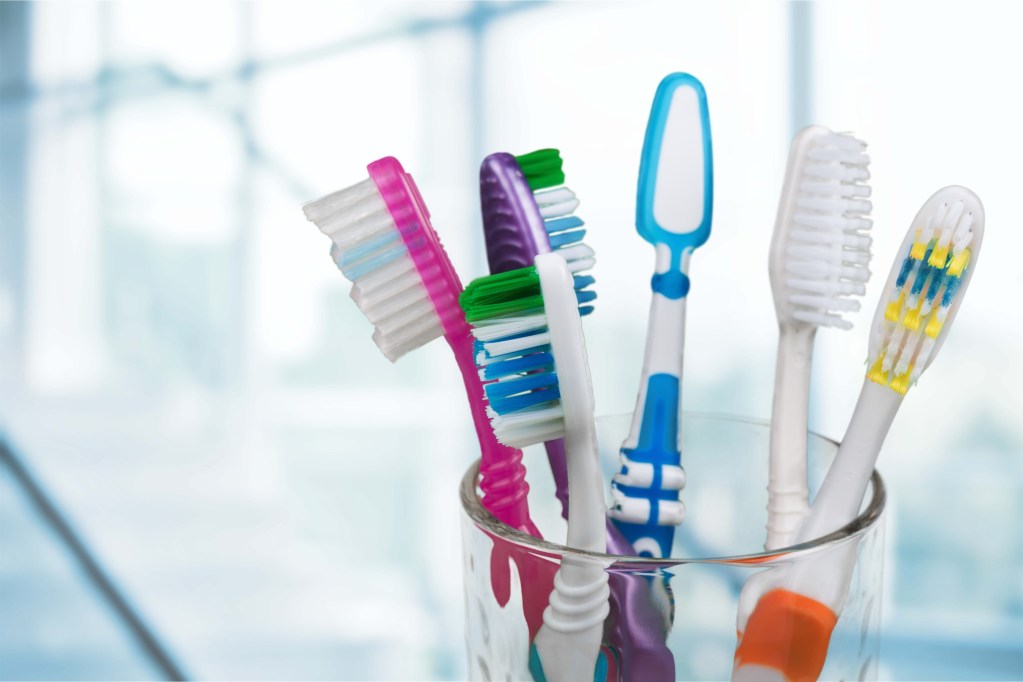
Toothbrush holders showed up high on the list of places you will find germs at home. You don't need to disinfect your toothbrush, but you do need to clean the toothbrush holder (both a cup-style holder and a plastic cover that fits over the end).
Tip: If it's dishwasher safe, put the holder in the dishwasher at least once a week. If it's not safe, then hand wash or wipe down with a disinfectant.
4. Your pet's bowls and toys

Pets are great companions, but one run in with dog slobber and you know just how germs can spread on their toys, their water bowl, their food bowl, and everything else they come in contact with.
Tip: Run the food and water bowls through the dishwasher or sanitize them in hot soapy water. NSF recommends doing so every day, but you should do it at least once a week. Wash soft toys in the laundry and hard toys with hot, soapy water.
5. The coffee maker
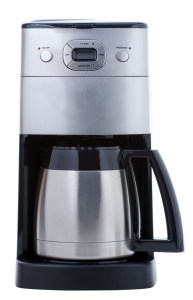
Let's not talk about finding bugs and such in appliances, okay? But if you don't want to find critters in your coffee maker (of the legged or mold variety), you need to clean your coffee pot frequently.
Tip: Follow the cleaning instructions from the manufacturer for your coffee pot. Generally, you'll pour vinegar into the reservoir, let it sit, and then run it through a cycle with the vinegar and one or two more cycles with plain water.
6. Light switches, door handles, remote controls
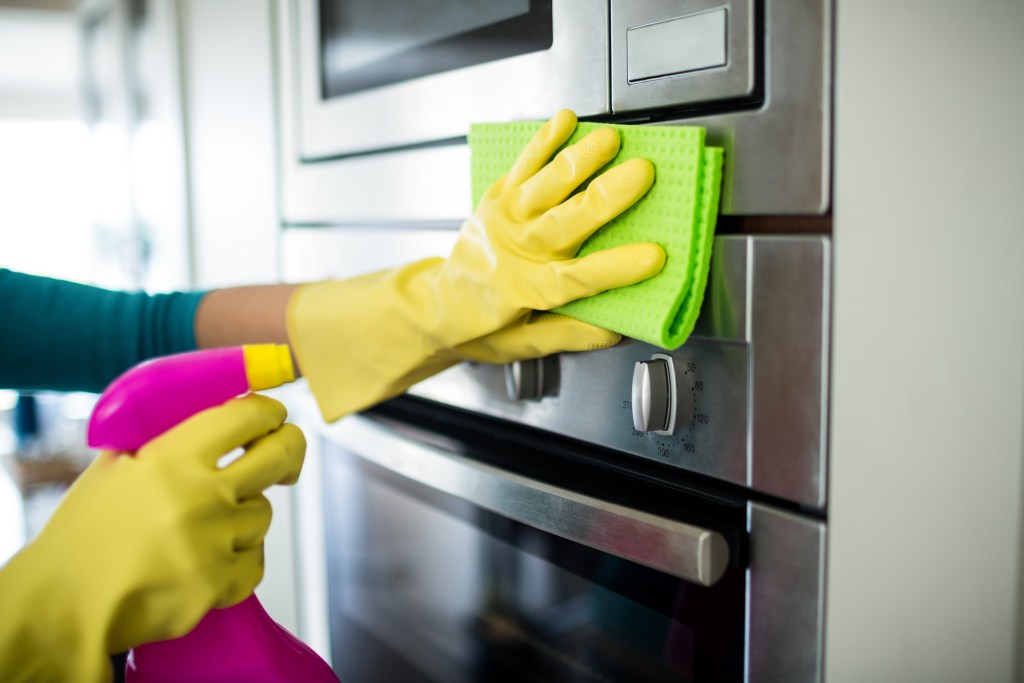
Anything that hands touch are germ collectors. Light switches, door handles, refrigerator handles, the thermostat, remote controls, stove knobs, and microwave buttons are all places where you can pick up and pass along bacteria. Same thing goes for kitchen and bathroom faucets.
Tip: A couple of times a week, take a damp cloth with a sanitizing solution or a disinfectant wipe and go over all these surfaces. If it's cold and flu season, or someone in your house is sick, do it at least once a day.

